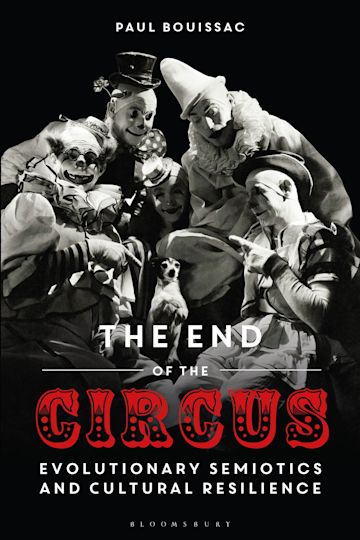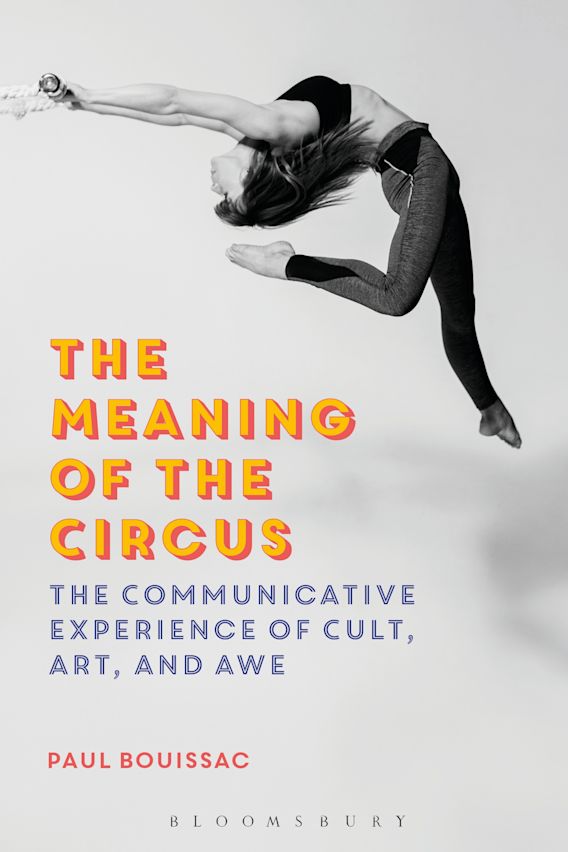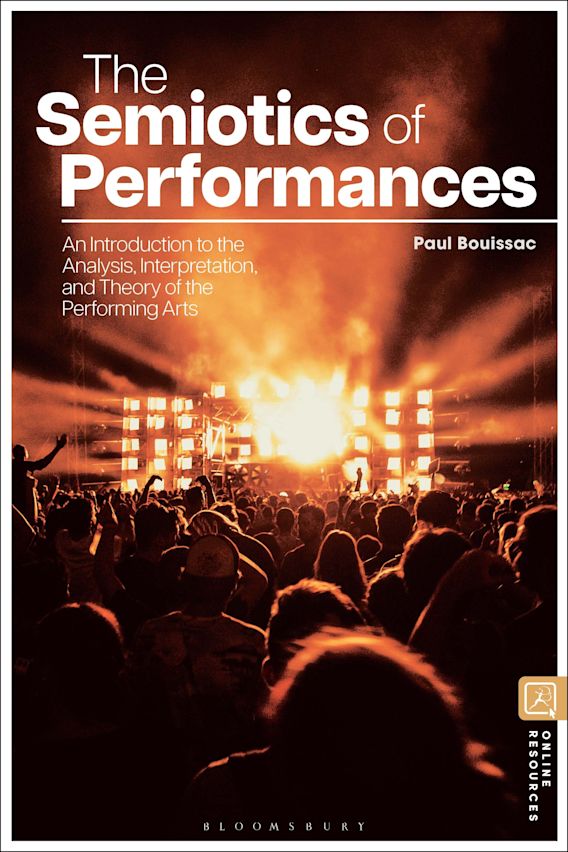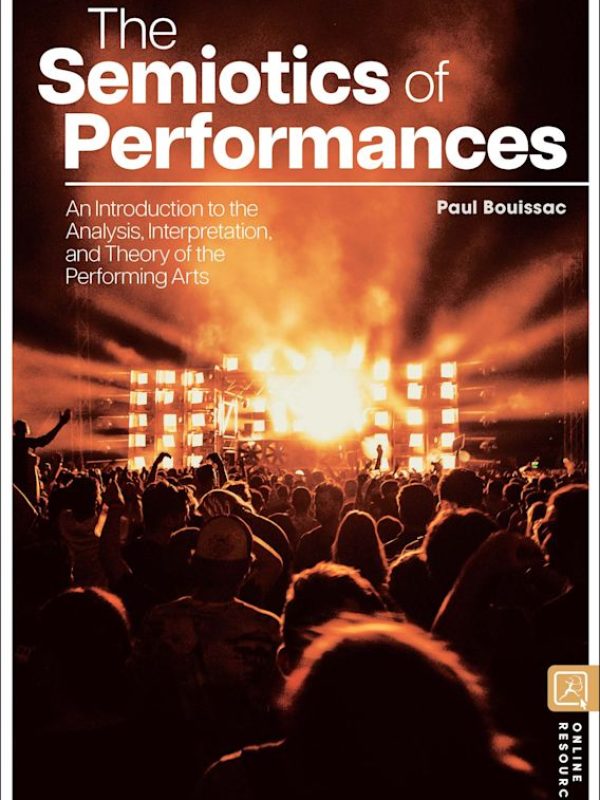New Release
The Semiotics of Performances
An Introduction to the Analysis, Interpretation, and Theory of the Performing Arts
Paul Bouissac
Paul Bouissac
About The Book
When we attend a show, a concert, or a play, we are often overwhelmed by the dense combination of sounds, words, colors, and actions that we must process in order to make sense of this complex experience. The unfolding of the performance triggers in us a wide range of emotions, from fear, anxiety, and horror to compassion, delight, and enthusiasm. The primary purpose of this book is to disentangle the many streams of information that converge on us during a live performance to create a meaningful experience. The challenge of understanding how this is achieved requires that we reflect on this experience not to dampen its intensity but rather to enhance our enjoyment by making it more mindful. This reflection will also enable those who strive to become performers to be more aware of the means that will allow them to reach their goal. Finally, this book will offer critics who judge the merits of live performances a panoply of analytical tools that will help them articulate their opinions beyond mere subjective impressions.
Each chapter addresses a particular aspect of any live performance. For the sake of clarity, each aspect will be treated separately, but we must keep in mind that both audience and performers experience a performance as a holistic, multidimensional event. Consequently, there will always be some overlap when we move from chapter to chapter because each point of view is necessarily part of a more complex context.
This book would not make much sense if we were discussing performances in a purely abstract manner, even with the help of diagrams. This is why concrete examples of performances will be provided with each chapter. Ideally, we should be able to transport ourselves to actual performances so that we could reflect on these events while they are still fresh in our immediate memory, and even, possibly, watch again the same performance the next day. As much as it is live and not recorded, we would notice small variations within the range of the necessary constraints, such as degrees of proficiency and engagement on the part of the performers or different reactions on the part of the audience. Feedback always impacts more or less subtly the behavior of the performers. Noting these variations would sensitize us to performances as “live events” with all the dynamics this implies.
The ideal practical applications of the analyses presented in the chapters would be, indeed, to attend live performances and discuss, immediately after, the range of information the performers have produced and their emotional and cognitive effects in us. Although this could be organized in some particular pedagogical contexts, we will have to rely, in this book, on recorded performances without precluding the possibility of adding new videos in the companion website for the purpose of expanding and updating the kinds of examples to be considered. However, a warning is in order: too many recordings have been edited not with the demands of methodic research in mind but with the purpose of providing entertaining substitutes to the live performances that were filmed. For instance, the point of view and focus keep changing in order to create variety; sometimes, the musical accompaniments are modified; quite often, canned laughter and applause are added at strategic moments in order to enhance the contrived “realism” of the recorded experience. The result is that we are then confronted with processed live performances that do not reliably represent the actual events since attending a performance is a one-of-a-kind experience from a single point of view with all the possible rough edges and unexpectedness of real life. Most of the examples used in this book have been provided by the performers themselves or recorded with their permission during the performance without any supplementary processing. They are raw materials that will give us access to data as close as possible to the “real thing”.
Each chapter is divided into four parts: (i) “the basics”, in which the most important concepts are presented and illustrated by examples; (ii) “advanced discussion”, a part that introduces critical considerations on the origin and developments of those concepts, as well as additional approaches and the problems these may raise; (iii) a short “bibliography” that indicates the main sources to which the chapter makes reference; and (iv) one or more texts describing or analyzing performances from a point of view relevant to the topic of the chapter. These supplementary texts can be used individually or can be assigned for team discussions in appropriate pedagogical contexts. In addition, the companion website for this book will provide regular additions and updating, including suggestions for practical exercises:
https://
The following diagram offers a roadmap of the contents of this book to facilitate its navigation:
Paul Bouissac
Paul Bouissac is Professor Emeritus at Victoria College, University of Toronto, Canada. He is a world renowned figure in semiotics and a pioneer of circus studies. He runs the Circodata and the Smart Semiotics Platform.
Explore Paul Bouissac's Books
This book analyses two features of the traditional circus that have come under increasing attack since the mid-20th century: the use of wild animals in performance and the act of clowning. Positioning this socio-cultural change within the broader perspective of evolutionary semiotics, renowned circus expert Paul Bouissac examines the decline of the traditional circus and its transformation into a purely acrobatic spectacle.


The Meaning of the Circus
This book documents and discusses the meaning(s) of the creative process at play in the crafting and staging of circus acts. It highlights the experience of circus artists as their skills develop and mature into public performances that create aesthetic and emotional values in the modern economy of live spectacles. It scrutinizes the meaning that circus acts produce for the spectators and for the artists themselves who live this process from the inside. This is a book for those studying semiotics and wanting to see it applied to a real life milieu in accessible and passionate prose.

